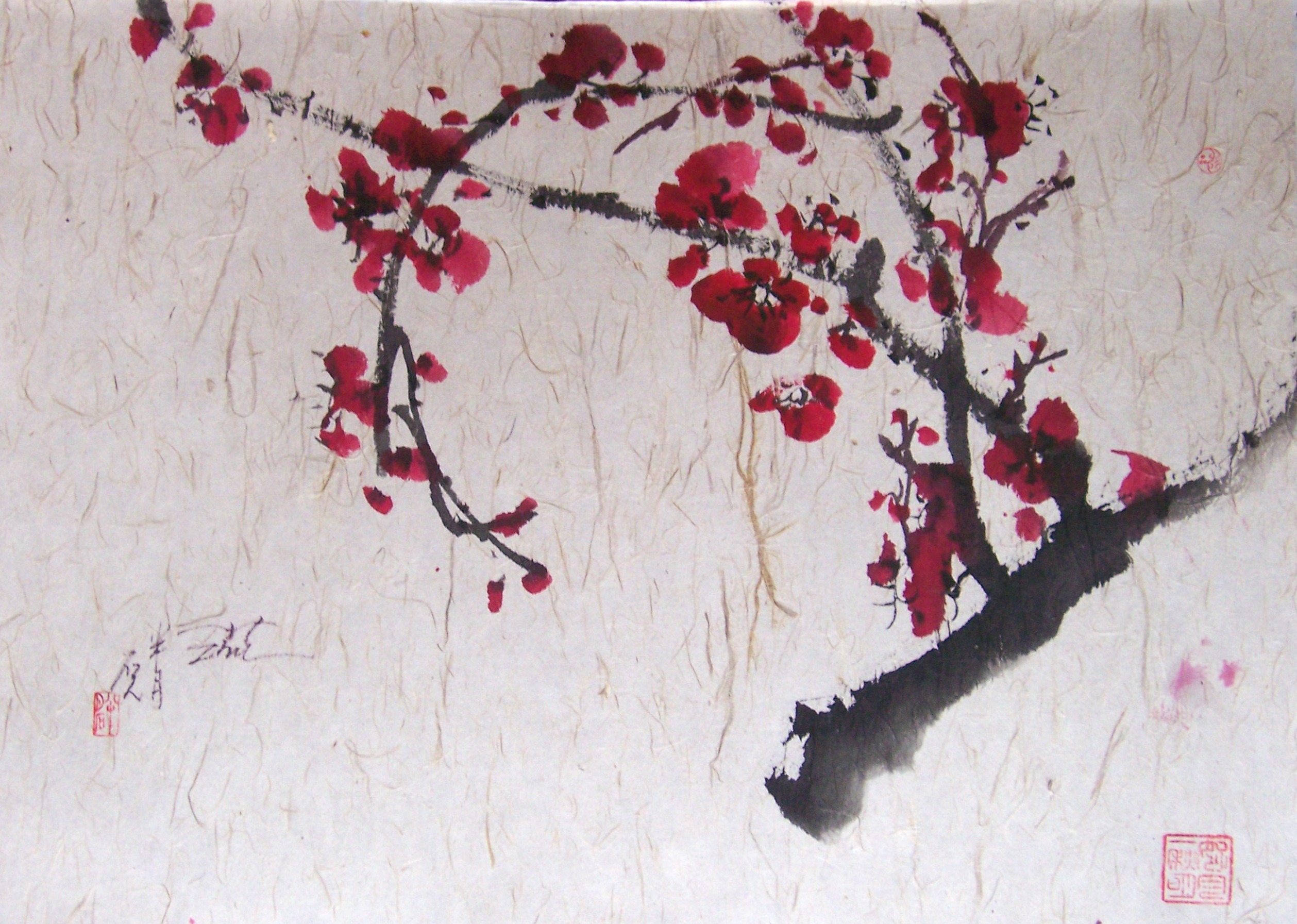
Japanese Sumi E Painting at Explore collection of Japanese Sumi E Painting
Basic fundamental steps in creating a traditional Japanese sumi-e painting. With instructor Joan Y. Koemptgen.Produced by Tom Barry#sumi #sumie #sumiepainting

Sumie Painting 4 Basic Brushstrokes Lesson 2 Create Art with ME
Japanese ink painting, (sumi-e) is the art of painting using brush (fude), ink (sumi) and thin absorbent "rice-paper" (washi). Patricia Larkin Green will be instructing 5 classes of Sumi-e (each 2 hr long). Advance at your own pace, you do not need to know how to paint with ink, all levels are welcome, and course materials will be provided.
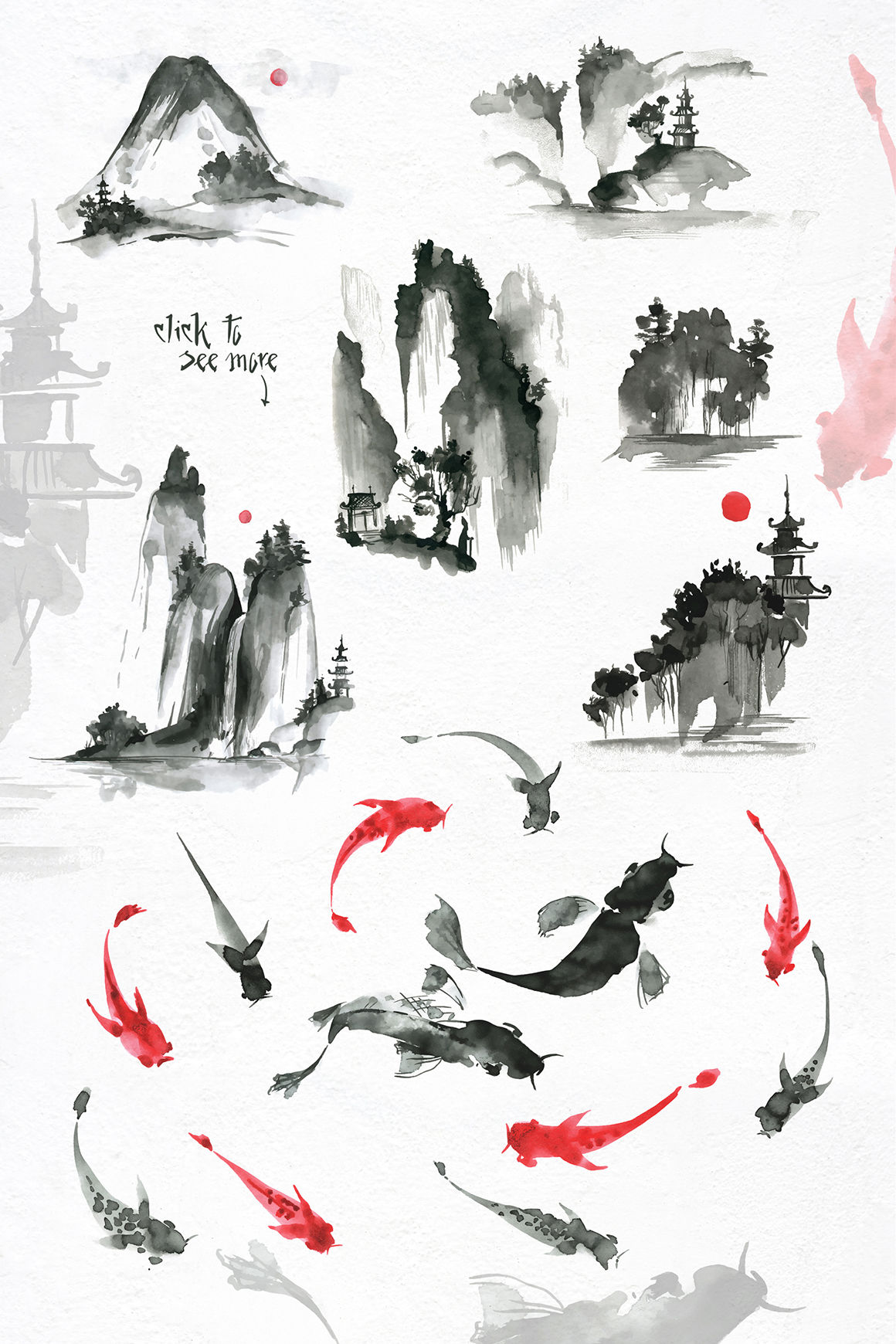
Sumie. Japanese ink painting. By Dinkoobraz illustration TheHungryJPEG
Japanese Sumi-e ink painting is a traditional art form that has been practiced for centuries. It is known for its minimalistic style, which focuses on capturing the essence of a subject with just a few brush strokes. Mastering brush strokes is an essential skill in this art form, as it allows the artist to convey depth, movement, and emotion in.
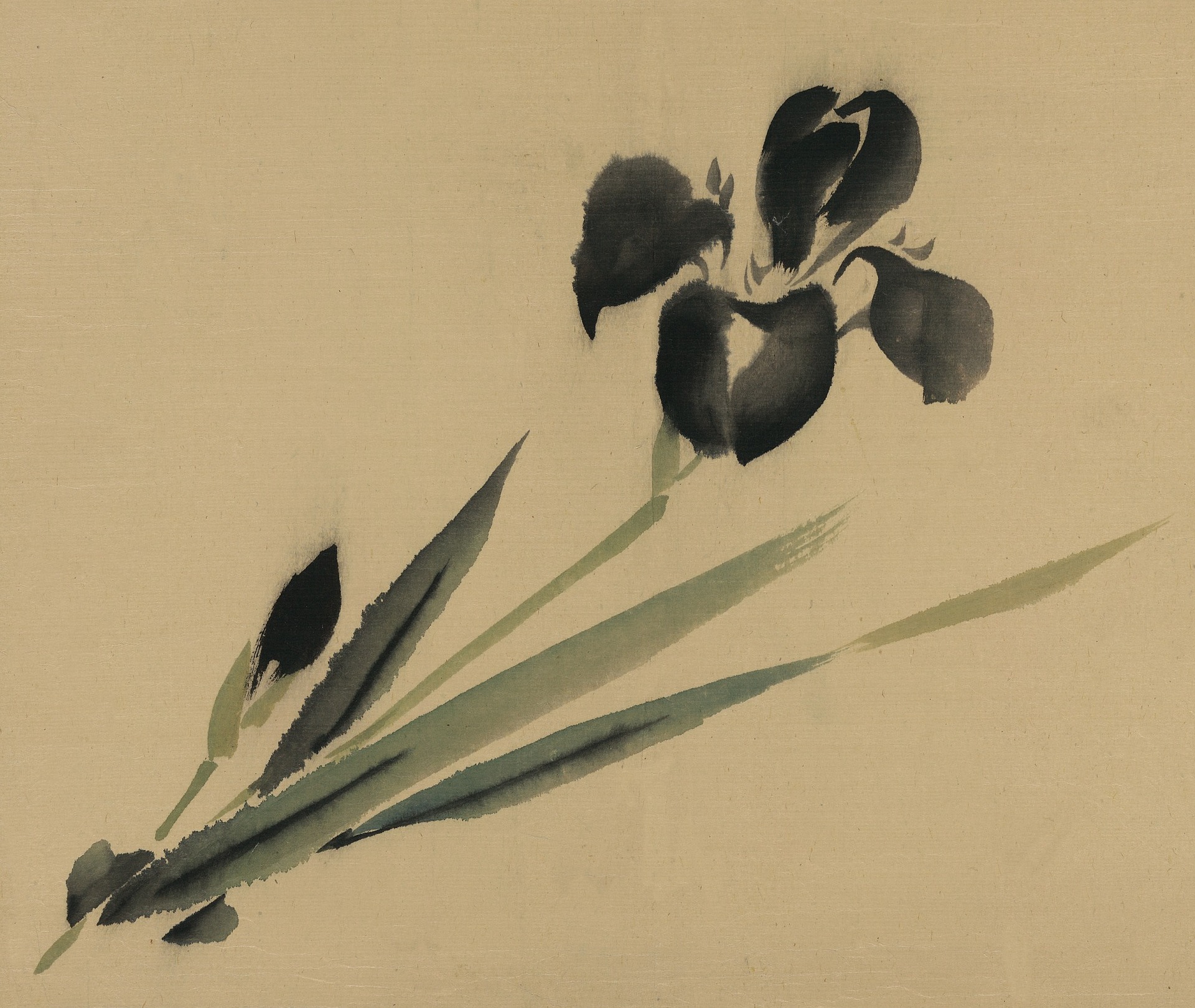
Japanese Sumi E Painting at Explore collection of Japanese Sumi E Painting
Japanese ink painting, or sumi-e, is the embodiment of Japanese aesthetics. Using just simple black ink and carefully curated white space, sumi-e captures the timeless beauty and complexity of the natural world.
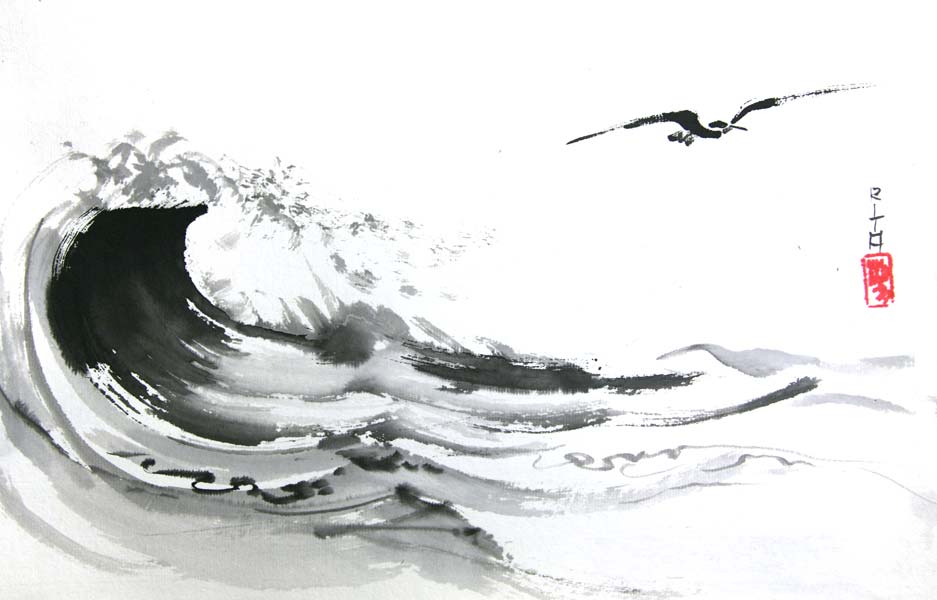
Japanese Sumie painting appreciation Artist Singapore
Sumi-e painting is a traditional Japanese art form that dates back to the 14th century. It is characterized by its minimalist style, using only black ink and a brush to create beautiful and expressive images.

Japan Traditional Sumie Painting. Watercolor And Ink Illustration.. Stock Photo, Picture And
Free Shipping Available. Buy Japanese Sumi Painting on ebay. Money Back Guarantee!
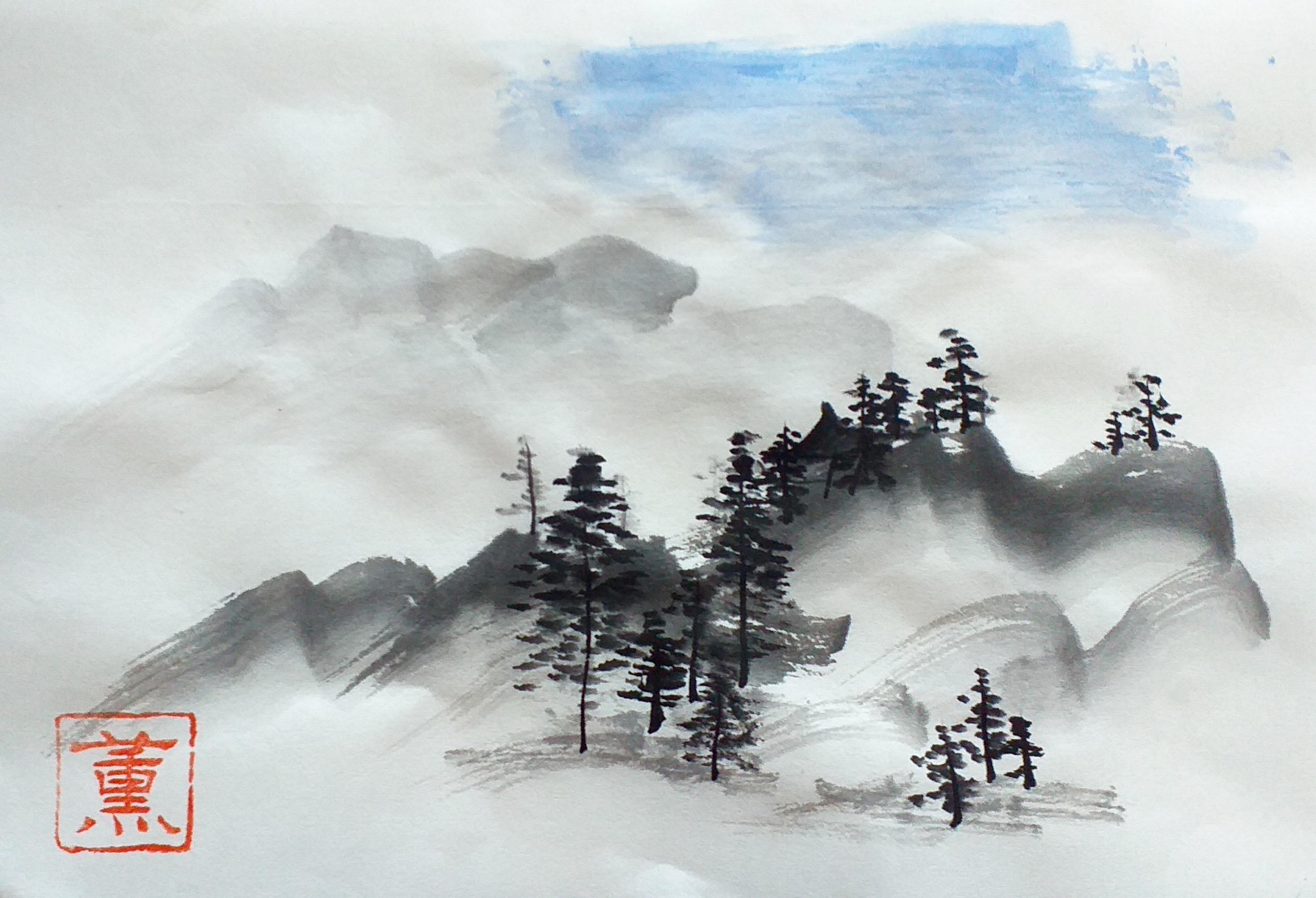
Online Course of Sumie · Japanese Ink Painting · Kaoru Hirose
Sumi, or black ink has been used to draw suiboku-ga, or ink painting, and do calligraphy. With the use of just black ink, the artists' feelings are exuded through calligraphy, also various living beings such as people and sceneries can be freely depicted as if by magic.
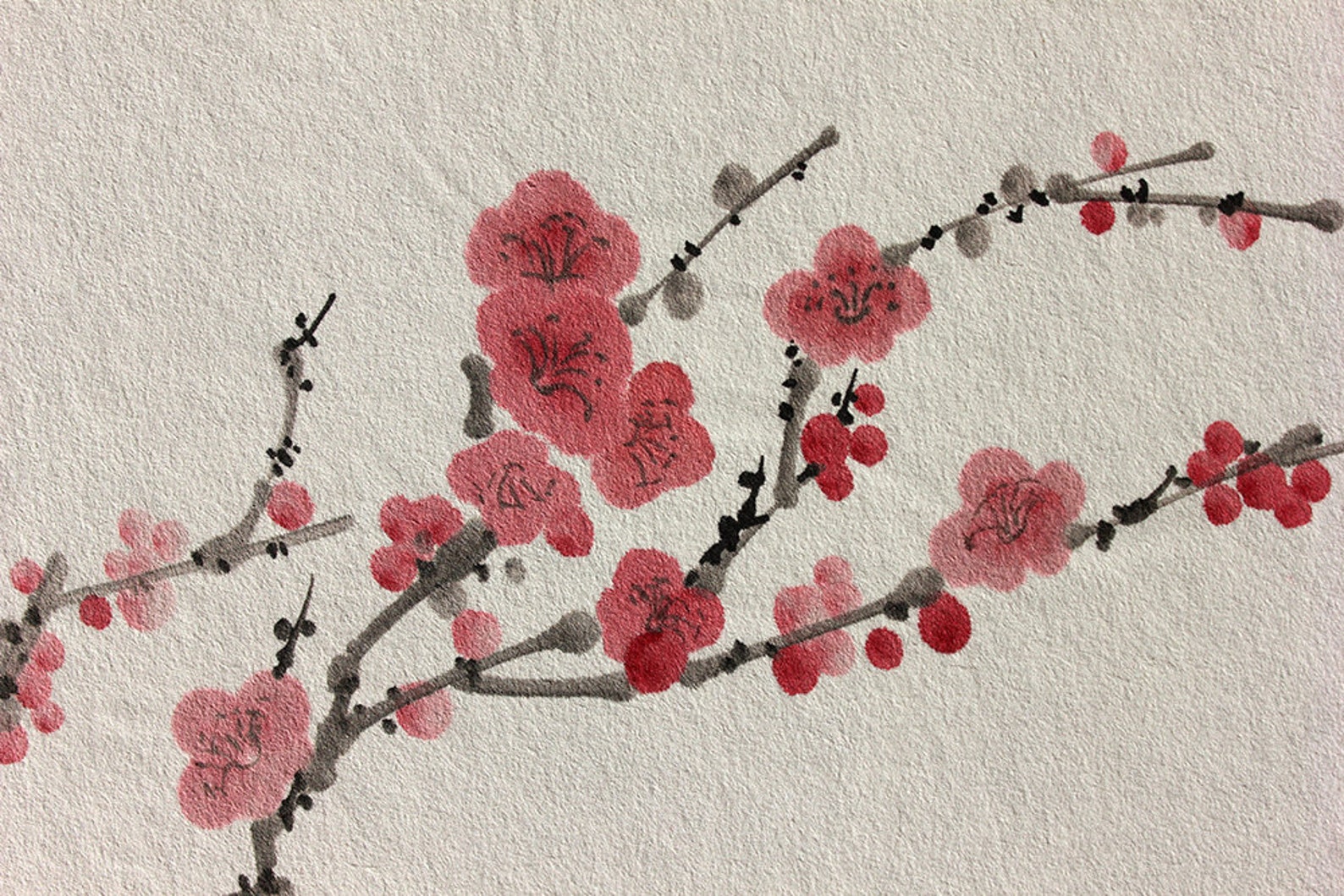
Japanese painting Sumie Ink wash painting Japanese art Etsy
1. Chokujitsu: Holding your brush upright and moving the tip of the brush running in the center of the lines. 2. Sokuhitzu: Holding your brush diagonally and moving it sideways, the tip of the brush is pointing one side, and the root of the brush is the other side. 3. Warifude: Tip of the brush is spread out with dried hair. Ink Techniques 4.
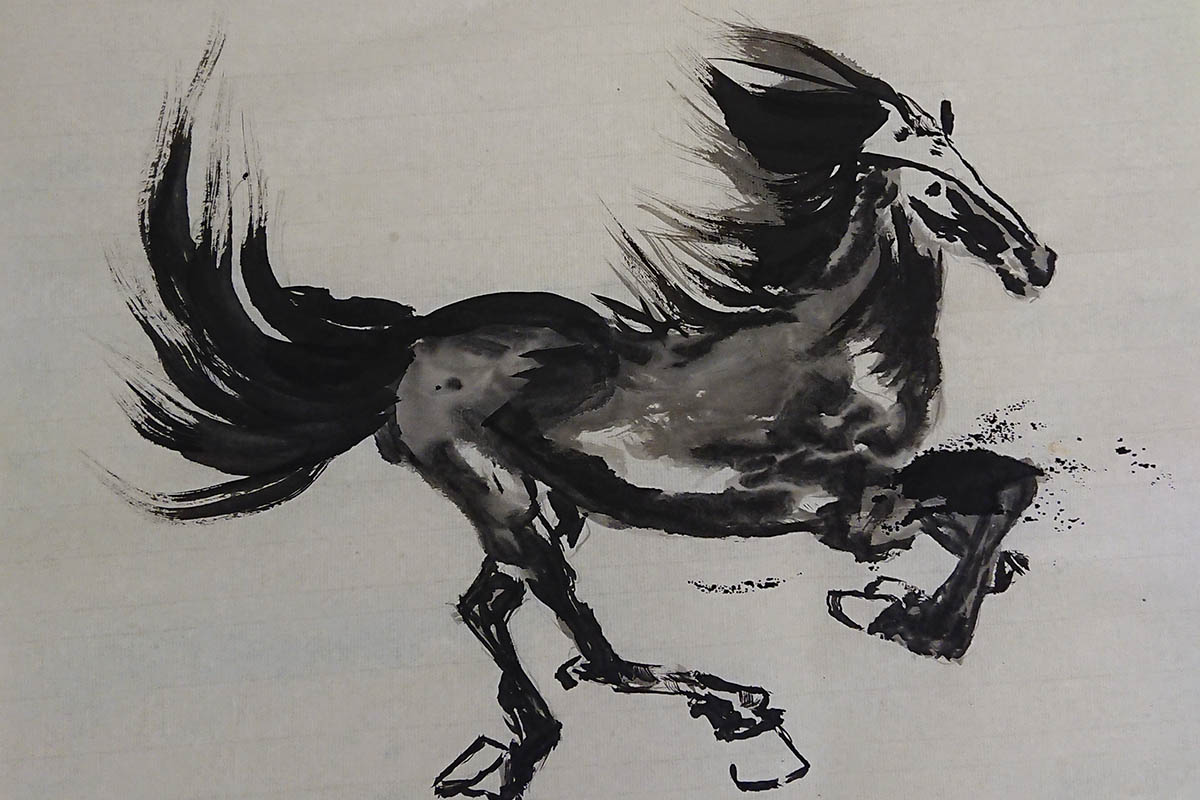
Japanese Sumie Painting The Crescent Belfast
AbeBooks Marketplace Great Selection and Amazing Prices

Pin by Red Matter on Sumie Chinese landscape painting, Japanese ink painting, Japanese art ink
67 2 Download Favorite Sumi-e (墨絵風) also known as suiboku-ga, is Japanese monochrome ink painting or 'ink wash painting'. Sumi-e paintings in essence are beautiful forms of art, and they traditionally encompass philosophy as well. The origin of sumi-e paintings have roots in Chinese calligraphy, which can be noted by the similar brush strokes.

Japan Traditional Japanese Painting Sumie Art Sun Mountain Temple Bamboo Stock Illustration
Sumi-e, which means "ink painting" in Japanese, is a traditional art form that originated in China and was later adopted and refined by Japanese artists. What sets Sumi-e apart from other forms of painting is its emphasis on minimalism. In Sumi-e, the artist uses only black ink and a brush to create their artwork.
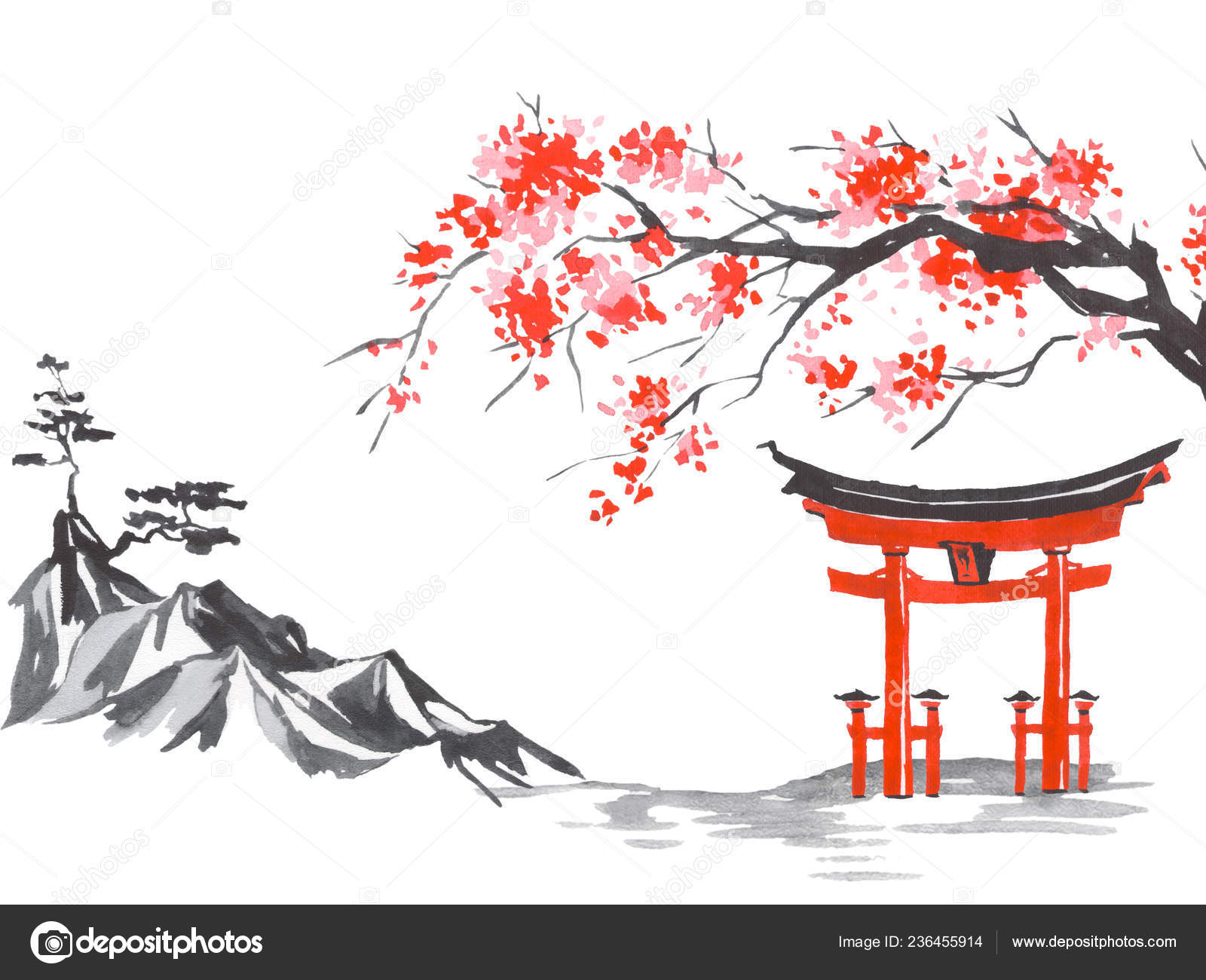
Japan traditional sumie painting. Fuji mountain, sakura, sunset. Japan sun. Indian ink
Friends of Sumi-e (FOS) is an art-based group in San Diego, California. Our purpose is to carry on the tradition and teaching of traditional Japanese brush painting, called sumi-e or suiboku-ga.

Sumie All You Need to Know About Japanese Ink Painting
Sesshū (born 1420, Akahama, Bitchū province, Japan—died August 26, 1506, near Masuda, Iwami province) artist of the Muromachi period, one of the greatest masters of the Japanese art of sumi-e, or monochrome ink painting. Sesshū adapted Chinese models to Japanese artistic ideals and aesthetic sensibilities.

Capturing the Spirit of Life through Sumie Paintings YABAI The Modern, Vibrant Face of Japan
Sumi-e, the traditional Japanese art of ink painting, is known for its simplicity, elegance, and minimalism. This ancient art form, which originated in China and was later adopted and refined by Japanese artists, focuses on capturing the essence of a subject with just a few brushstrokes.

Haw Sumie ink brush painting, 2012 Japanese ink painting, Japanese painting, Koi art
In this program, students will learn about the art of Japanese ink painting, known as sumi-e: "sumi" meaning "ink" and "e" meaning "picture." Thousands of ar.
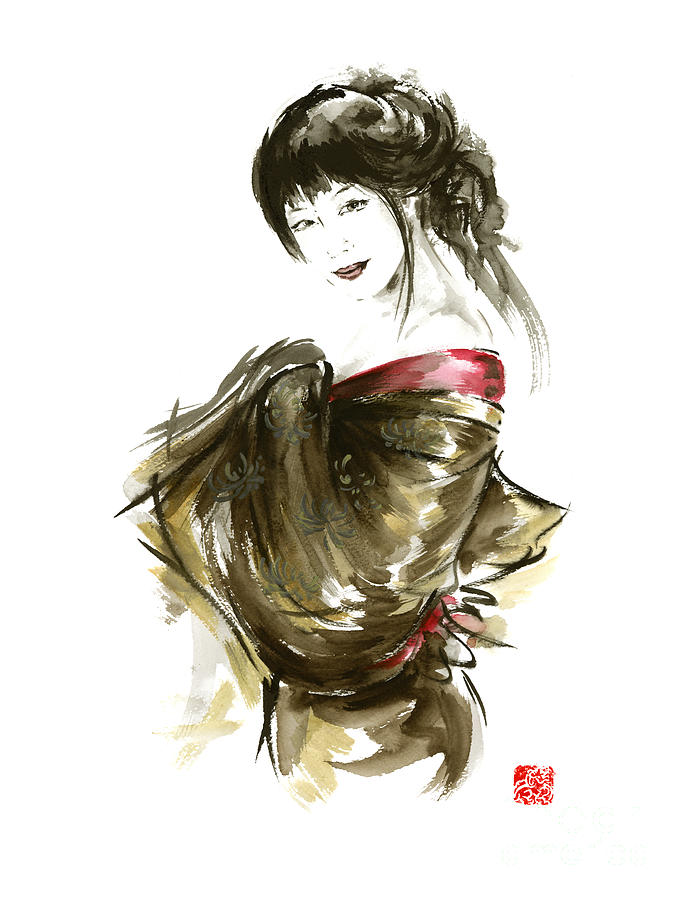
Geisha Gold Kimono Japanese woman sumie original painting art print Painting by Mariusz Szmerdt
SUMI-E is the Japanese word for Black Ink Painting. East Asian Painting and writing developed together in ancient China using the same materials —brush and ink on paper. Emphasis is placed on the beauty of each individual stroke of the brush. The Chinese speak of "writing a painting" and "painting a poem."